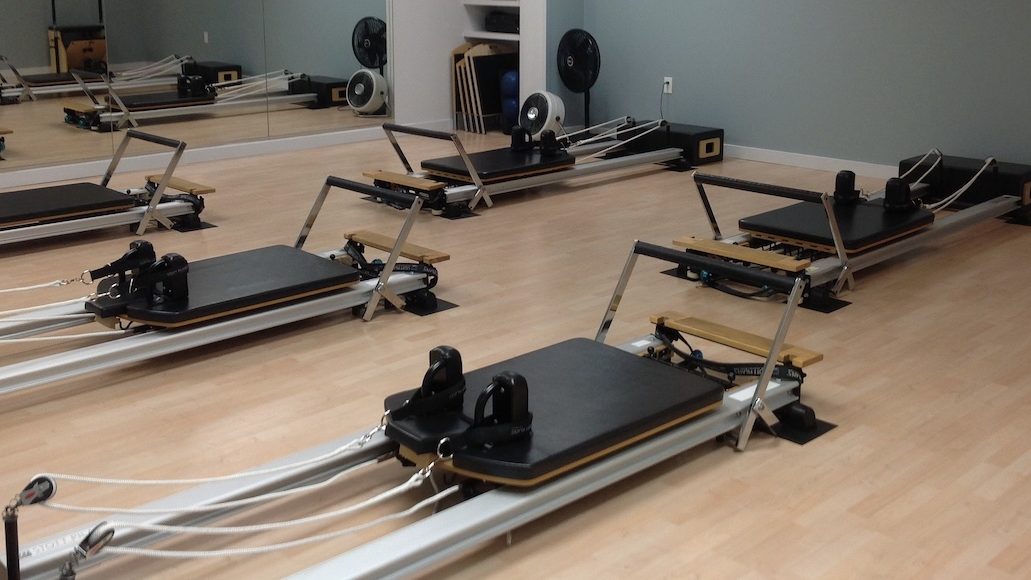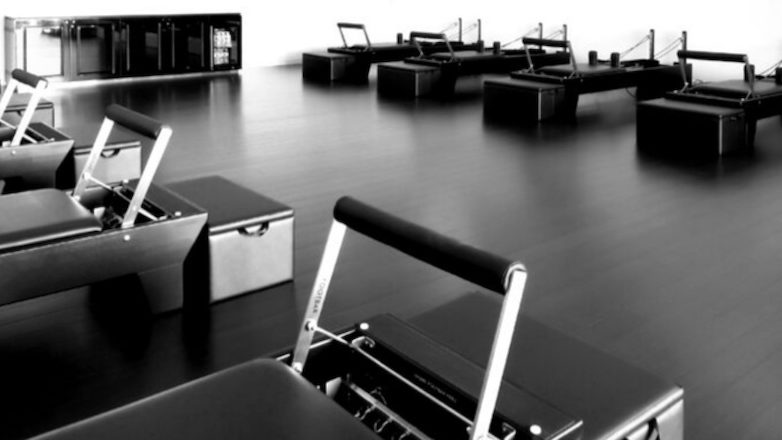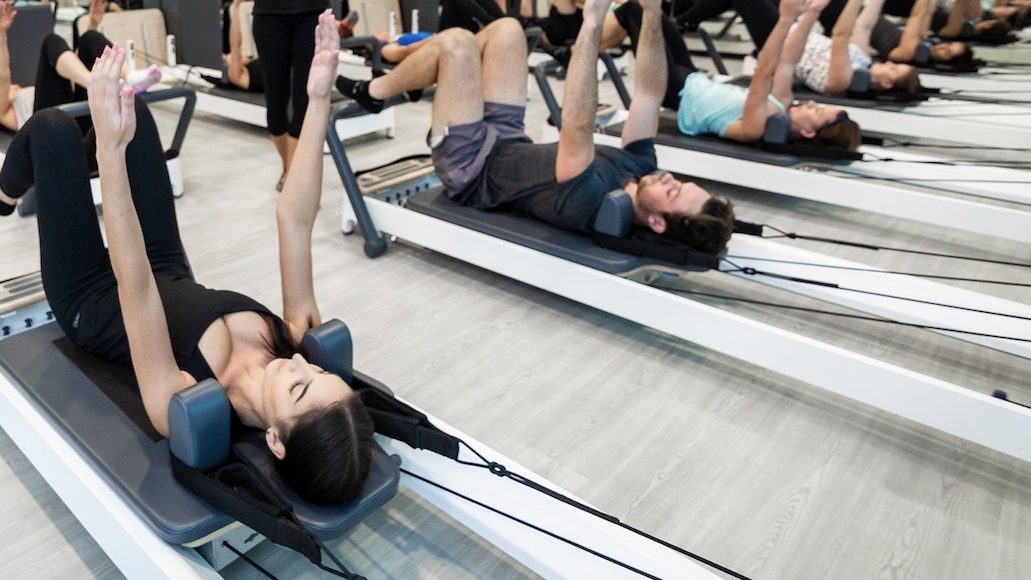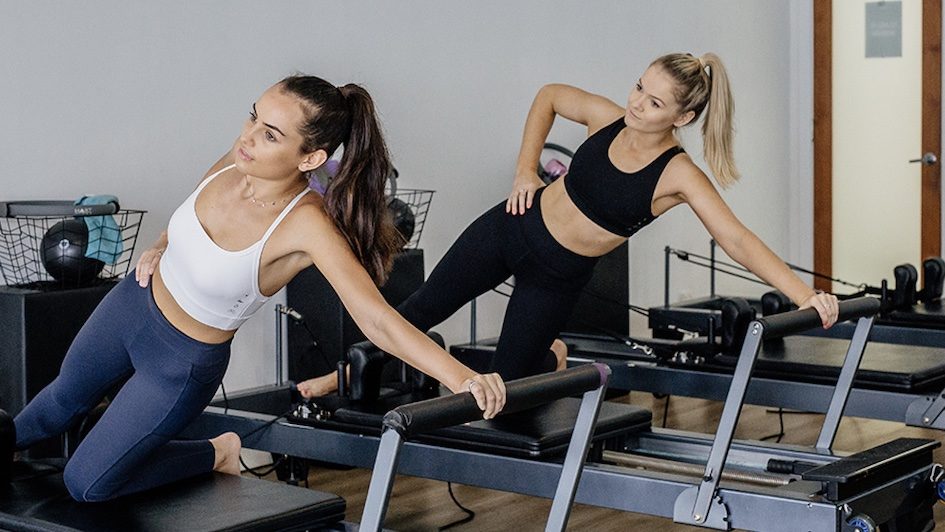What is Clinical Pilates?
There are many variations on how Pilates is taught and practiced. But the at foundation of all Pilates practice, there are a number of common components. Pilates focuses on the core stabilising muscles, spinal alignment, posture, and breathing. It uses exercises and stretches (with or without the use of equipment) to improve physical strength, flexibility, posture, and self-awareness. Drawing upon relevant clinical research, Clinical Pilates provides an evidence-based approach to teaching Pilates in the clinical setting. Pilates involves learning a variety of movements addressing lumbopelvic stability, postural education, correct movement patterning, and body awareness.
Where did Pilates start?
Back at the turn of the 21st century, a German man called Joseph Pilates developed the concept of Pilates (which he originally termed ‘Contrology’). Joseph suffered from multiple health conditions growing up (asthma, rickets, rheumatic fever), which led him to dedicate his life to building his own physical strength. He was influenced by body building, yoga, martial arts, gymnastics, and the movement of animals.
I have attached a YouTube animated video below for more information about Joseph Pilates.
Why Should I Give Pilates A Try?
There are a number of benefits you can gain from Pilates, including improving your flexibility, balance, strength, and muscle tone. With a big focus on the core stabilising muscles, Pilates can assist those who have chronic pain, such as low back pain.
Matwork vs. Equipment
Matwork Pilates is exercises that are completed via a pilates/gym mat, with the use of small equipment including bands, an ova ball, swiss ball, balance boards, foam rollers, spikey massage balls and many other small pieces of equipment.
Equipment Pilates utilised various forms of equipment, and during this training you start to load the body in a dynamic way. Equipment pilates uses machines like a trapeze table or cadillac (not the car), a reformer (with/without a jump board & box), a ladder barrel, spine corrector, a pilates chair and a springboard.
The underlying concepts of matwork and equipment Pilates are the same. Equipment Pilates can provide a greater variety of exercises and may be a bit more interesting for clients to pursue. It can also modify the load of training compared to mat pilates. For instance, if you’re returning from an injury (lets say a knee injury) and you have been prescribed squats, you are loading your entire body weight on your injured knee to perform an activity that may aggravate the existing condition. A reformer/cadillac can mimic this movement with a percentage of your body weight until you are able to load completely with good form and pain free. However, the benefit of matwork Pilates is that you don’t need any fancy or expensive equipment, and you can practice the exercises at home. Often a combination of both matwork and equipment Pilates is used with clients to give further variety both physically and mentally.

How is Clinical Pilates Different To Normal Pilates?
To give you an example. To perform a sit-up or crunch, you should be able to stabilise your trunk and thoracic cage (ribs), flex at the hips (trunk) and rise to vertical whilst holding your neck in place. Most people will use their neck, head, pecs, shoulders, ribs, abs, glutes, hamstrings and dig heels into the ground to try to get up in the sit-up position. Do you think the body is working efficiently when doing this? Do you think the individual knows that they have just recruited way too many muscles to perform such a basic, functional everyday movement? Another example is when you see smokers or people with respiratory issues, breathe deeply. They recruit their neck muscles, pecs, shoulders and abs. When they should’ve recruited their diaphragm and lungs only. These are examples of over-recruitment of muscles needed for the task required and what Joseph Pilates described when he spoke of ‘contrology’.
Is Clinical Pilates for me?
If you find you constantly flare up old injuries, or you have suffered an injury that you need to return to exercise or work from and you want to rehabilitate your body in the right way using the right muscles, then clinical pilates is for you. Clinical Pilates Practitioners also use their understanding of anatomy and physiology with a background in movement dysfunction to create and monitor a specific program based upon your individual needs and underlying dysfunctions.
How do I get started?
If you want to find out how Clinical Pilates could help you, contact us today by clicking on the button below and we can speak about how this amazing exercise system can help you feel better, move better and be stronger.
If you are unsure what Clinical Pilates is all about, please call us on 0297051470 today and allow us to explain how we can help you.
Before attempting any rehabilitation, it is essential that you speak to or consult one of our Osteopaths or Chiropractors for further guidance and an assessment to set up your program. You can click below to book in or speak with us today.
Your Clinical Pilates Instructors


How Illawong Osteo & Chiro Are Different:
Unlike the conventional approach to medicine, which emphasises the use of pharmaceuticals to mask symptoms, osteopaths & chiropractors take the time required to establish a clear understanding of why your problem developed in the first place, and put into place a series of steps that will attempt to resolve the underlying problem.
Illawong Osteo & Chiro – Why Choose Us?
- Health fund rebates are available for all of our services (We can swipe your card on the spot!).
- Your sessions are carried out in a private, clean, air-conditioned room.
- Appointments are available early (from 7am) to late (8:30pm) so you don’t have to skip work for your appointment. Call Today on 0297051470
- Parking is easy. (Free parking is available at the door)




